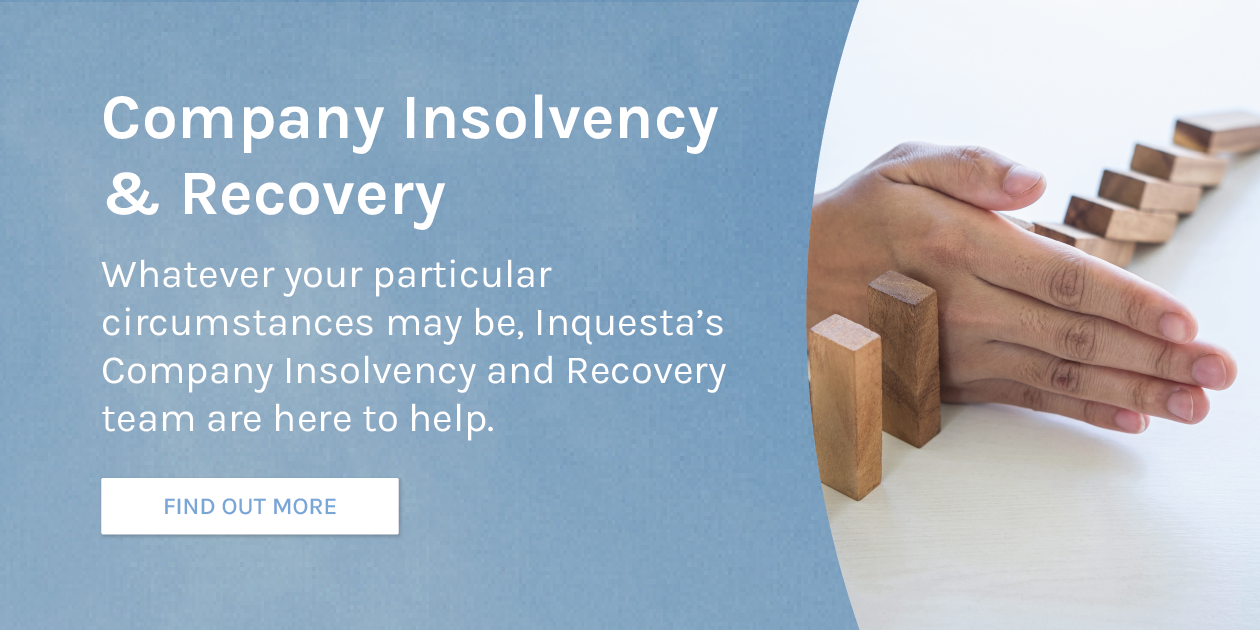Understanding the Consequences of Business Liquidation on Employee Retention and Perks

Effect on Task Protection
In case of company liquidation, the influence on job safety can be considerable for workers as unpredictability pertaining to future work occurs. When a company enters into liquidation, employees encounter the difficult prospect of possible task loss. This uncertainty can lead to enhanced anxiety and anxiety amongst the workforce, affecting their morale and productivity.
During the liquidation process, workers might experience a range of emotions, including anger, concern, and disappointment, as they grapple with the opportunity of unemployment. The absence of clarity surrounding the timeline of the liquidation and the destiny of their positions can produce a sense of instability within the workforce.
Moreover, workers may additionally be worried concerning the standing of their benefits, such as health care coverage, retirement, and paid pause, throughout and after the liquidation process. The potential loss of these advantages includes one more layer of intricacy to a currently challenging circumstance for staff members.
Adjustments in Worker Conveniences

One common adjustment is the decrease or elimination of certain benefits to reduce expenses and work out arrearages. Company contributions to retirement strategies may cease, leaving staff members to carry the full obligation of saving for their future. Medical care advantages may be scaled back, resulting in higher out-of-pocket costs for clinical solutions.
Communication becomes extremely important throughout this period of shift. Companies need to be transparent about the adjustments, offering clear descriptions and support to help workers browse through the alterations. Open discussion and assistance can help ease anxiety and uncertainty among the workforce, promoting a much more favorable transition experience in spite of the difficult conditions.
Retention Approaches Post-Liquidation
Adhering to the firm liquidation, implementing efficient retention approaches is essential to safeguarding organizational ability and preserving stability within the workforce. In times of unpredictability, staff members might feel distressed regarding their future job safety and security and be much more inclined to look for alternate employment possibility. To mitigate this risk, companies should focus on open interaction, supplying transparency regarding the firm's scenario, and providing support to employees throughout the transition duration.
One trick retention approach post-liquidation is to prioritize worker wellness and morale. This can be accomplished through normal check-ins, counseling solutions, and developing check this a positive workplace. Additionally, supplying occupation advancement possibilities and upskilling programs can boost worker motivation and engagement throughout difficult times. Acknowledging and awarding staff members for their loyalty and commitment can also cultivate a sense of loyalty and devotion to the company.
In addition, establishing a clear occupation progression path and setting realistic goals can provide workers a sense of direction and function within the business (do employees get paid when company goes into liquidation). By investing in worker advancement and actively involving them in decision-making procedures, companies can raise worker retention prices and construct a resilient labor force post-liquidation
Legal Civil Liberty and Defenses
Throughout the after-effects of company liquidation, it is imperative to address the lawful civil liberties and protections offered to workers to guarantee a compliant and fair process. It is vital for staff members to comprehend these legal rights and seek lawful recommendations if needed to navigate the intricacies of the liquidation process.
Furthermore, in situations where a business goes into liquidation, workers are usually thought about preferential financial institutions, granting them higher top priority in getting outstanding repayments over various other financial institutions. Recognizing these legal rights and securities is basic for workers to safeguard their interests and look for proper recourse in the occasion of firm liquidation - do employees get paid when company goes into liquidation.
Dealing With Financial Unpredictability
Browsing economic unpredictability can be an overwhelming obstacle for employees impacted by company liquidation. The sudden loss of revenue, advantages, and work safety can dramatically interrupt individuals' economic stability. Throughout such times, it is crucial for workers to evaluate their current economic situation genuinely. Developing an in-depth budget plan that prioritizes necessary expenditures can assist in managing immediate financial demands. Furthermore, exploring offered government assistance programs, such as welfare or re-training possibilities, can provide some click resources alleviation.
Looking for financial therapy or assistance from specialists can provide valuable understandings into taking care of financial obligations, reorganizing monetary obligations, and intending for the future. It is important for workers to stay educated about their privileges, such as severance plans or impressive repayments, to guarantee they get what they are owed. Moreover, taking into consideration different employment alternatives or job opportunities can assist bridge economic gaps throughout this transitional period. By proactively attending to economic obstacles, workers can browse via the unpredictability created by company liquidation with higher durability and preparedness.
Final Thought
Finally, business liquidation can have significant implications on staff member work safety, advantages, and total health. It is vital for companies to implement retention techniques and offer support to employees during this unpredictable time. Understanding lawful civil liberties and securities can assist alleviate the effect of liquidation on employees. Coping with monetary unpredictability calls for an aggressive approach and communication from both staff members and companies to navigate via the obstacles properly.
When a business faces liquidation, the fate of its workers hangs in the equilibrium, increasing crucial inquiries check it out regarding job protection, benefits, and long-lasting stability. The impact of company liquidation on staff member retention and benefits is a diverse problem that demands a closer assessment to understand the full extent of its repercussions.
Navigating financial unpredictability can be a difficult challenge for employees impacted by business liquidation. By proactively attending to financial difficulties, staff members can browse via the uncertainty caused by business liquidation with greater durability and readiness.
